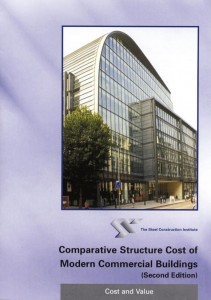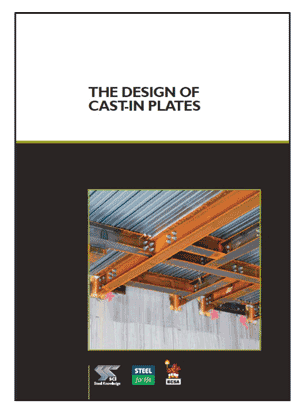Technical
Commercial Buildings
 This publication presents the results of a study carried out in 2003/2004 and updates the first edition published in 1993 that proved to be one of our best sellers.
This publication presents the results of a study carried out in 2003/2004 and updates the first edition published in 1993 that proved to be one of our best sellers.
Notable new inclusions in the study are the Slimdek® system, new cellular and fabricated beam designs using fire protective coatings, and a new post‑tensioned ribbed slab scheme. The construction programmes for the steel and concrete schemes have been updated to take account of change in costs and modern construction practices.
Two buildings, typical of modern commercial building construction, are fully designed for a range of steel, composite and concrete options. The cost study includes the major variable items of structure, foundations, cladding and services. Account has also been taken of time‑related savings in determining the net building costs.
It is shown that the cost variation in the most appropriate steel options is relatively small when considered globally in terms of building cost rather than pure structural cost. The steel and composite options proved to be more economic than the reinforced concrete options, particularly when the additional time-related savings were taken into account. The cost premium for long span steel construction is negligible for the heavily serviced building (Building B).
It is concluded that most modern structural systems in steel and composite construction have broad economic merit. However, it is necessary to consider the choice of the structural system in relation to the influence on other non-structural, and often more expensive, aspects of the building construction. The conclusions of the study probably apply equally to a wider range of building forms: for example, hospitals, educational and retail buildings.
S J Hicks, R M Lawson, J W Rackham and P Fordham
ISBN 1 85942 157 1,
94 pp, A4 paperback,
Nov 2004 (Second Edition)













